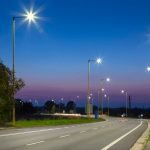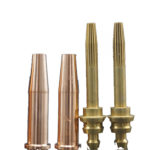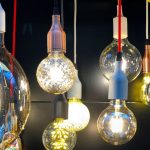LED Torch Light DIY: StepbyStep Guide to Making Your Own

In today’s modern world, LED torch lights have become an essential part of our daily lives. Whether it’s for camping, hiking, or simply navigating through a power outage, having a reliable source of light is crucial. However, purchasing a high-quality LED torch light can come at a steep price, leaving many individuals searching for alternative solutions. Fortunately, there is a cost-effective and rewarding alternative- creating your own LED torch light through a DIY project. Creating your own LED torch light is not only practical but also rewarding. Not only will you save money by avoiding expensive pre-made options, but you will also have the satisfaction of creating something unique and functional. Additionally, this DIY project allows you to customize your torch light to fit your specific needs and preferences. In this step-by-step guide, we will walk you through the process of making your own LED torch light, from gathering materials to the final product. So, grab your tools and let’s get started on this exciting DIY project.
LED torch lights are a type of flashlight that utilizes Light Emitting Diodes (LEDs) instead of traditional incandescent bulbs. These lights are incredibly useful due to their energy efficiency, durability, and brightness. They consume significantly less power than traditional bulbs, making them ideal for outdoor activities, emergencies, and everyday use. LED torch lights are also more durable than their incandescent counterparts, as they are less likely to break or burn out. Additionally, LED torch lights are brighter and have a longer lifespan, making them a great investment for anyone in need of a reliable and efficient light source.
DIY projects have become increasingly popular in recent years, and for good reason. Not only do they offer a cost-effective alternative to purchasing pre-made products, but they also provide a sense of satisfaction and accomplishment that is hard to come by in other areas of life. Engaging in DIY projects allows individuals to tap into their creativity and problem-solving skills, while also providing a hands-on learning experience. The LED Torch Light DIY project is a perfect example of this, as it requires individuals to follow step-by-step instructions, problem-solve any issues that may arise, and ultimately create a functional tool from scratch. The satisfaction that comes from completing a DIY project is unmatched, and can lead to a newfound sense of confidence and pride in one’s abilities.
Making a DIY LED torch light requires several steps. First, you need to gather all the necessary materials, including an LED, a battery holder, a switch, resistors, wires, and a casing. Next, you need to assemble the circuitry, which involves connecting the resistors, LED, switch, and battery holder using wires. Then, you need to prepare the casing by making a hole for the switch and cutting a piece of plastic or acrylic to fit the LEDs. Once the casing is ready, you can insert the circuitry and attach the LEDs to the plastic or acrylic cover. Finally, you can test the torch light by connecting the batteries and switching it on. With some basic knowledge of electronics and DIY skills, anyone can create their own LED torch light that is both practical and fun to use.
Materials and Tools
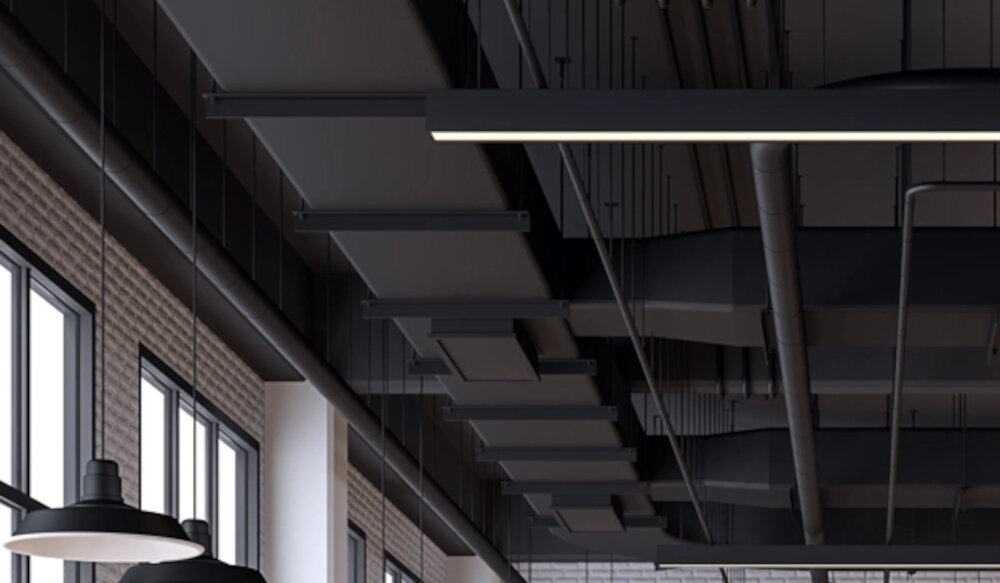
When it comes to creating your own LED torch light, you will need to gather the necessary materials and tools to ensure the process runs smoothly. Firstly, you will require an LED torch light kit, which typically includes an LED bulb, switch, battery holder, and a few wires. These kits can be found at most hardware stores or purchased online. Additionally, you will need a soldering iron and solder to connect the wires and components together. It is important to note that when using a soldering iron, safety precautions should be taken, including wearing protective eyewear and working in a well-ventilated area. Other materials that may be needed include a heat shrink tubing, which can be used to insulate the wires and prevent any electrical shorts. A small drill bit may also be required if you choose to create a custom housing for your torch light. Overall, gathering the necessary materials and tools beforehand will save time and ensure that you have everything you need to complete the project successfully. In conclusion, creating your own LED torch light can be a fun and rewarding project, but it requires the proper materials and tools. A LED torch light kit, soldering iron, and solder are the main components needed, but additional materials such as heat shrink tubing and a drill bit may also be necessary. Remember to take safety precautions when using a soldering iron and work in a well-ventilated area. With the right materials and tools, you will be able to create a functional LED torch light that can provide a reliable source of light for various activities.
Before starting the LED Torch Light DIY project, it is important to gather all the required materials and tools. You will need an LED light, a resistor, a switch, a battery holder, batteries, wires, a soldering iron, solder, pliers, a wire stripper, and a drill. The LED light can be purchased online or at an electronics store. The resistor should match the voltage of the LED light. The switch and battery holder should also match the voltage of the LED light. The batteries can be either AA or AAA. The wires should be thin and flexible. The soldering iron and solder are necessary for soldering the components together. The pliers and wire stripper are needed to manipulate the wires. Finally, the drill is needed to create a hole in the casing for the switch. With these materials and tools, you will be able to successfully create your own LED Torch Light.
LED torch lights are essential tools that provide illumination in situations where there is low or complete absence of light. The basic function of a torch light is to provide light, but LED torch lights offer more benefits than traditional torch lights. They are energy efficient, long-lasting, and produce brighter light. LED torch lights are necessary for many activities such as camping, hiking, exploring caves, and power outages. Making your own LED torch light allows you to customize it to your preferences, and it can be a fun and rewarding DIY project. With this step-by-step guide, you will be able to create your own LED torch light and enjoy the benefits it provides.
StepbyStep Instructions
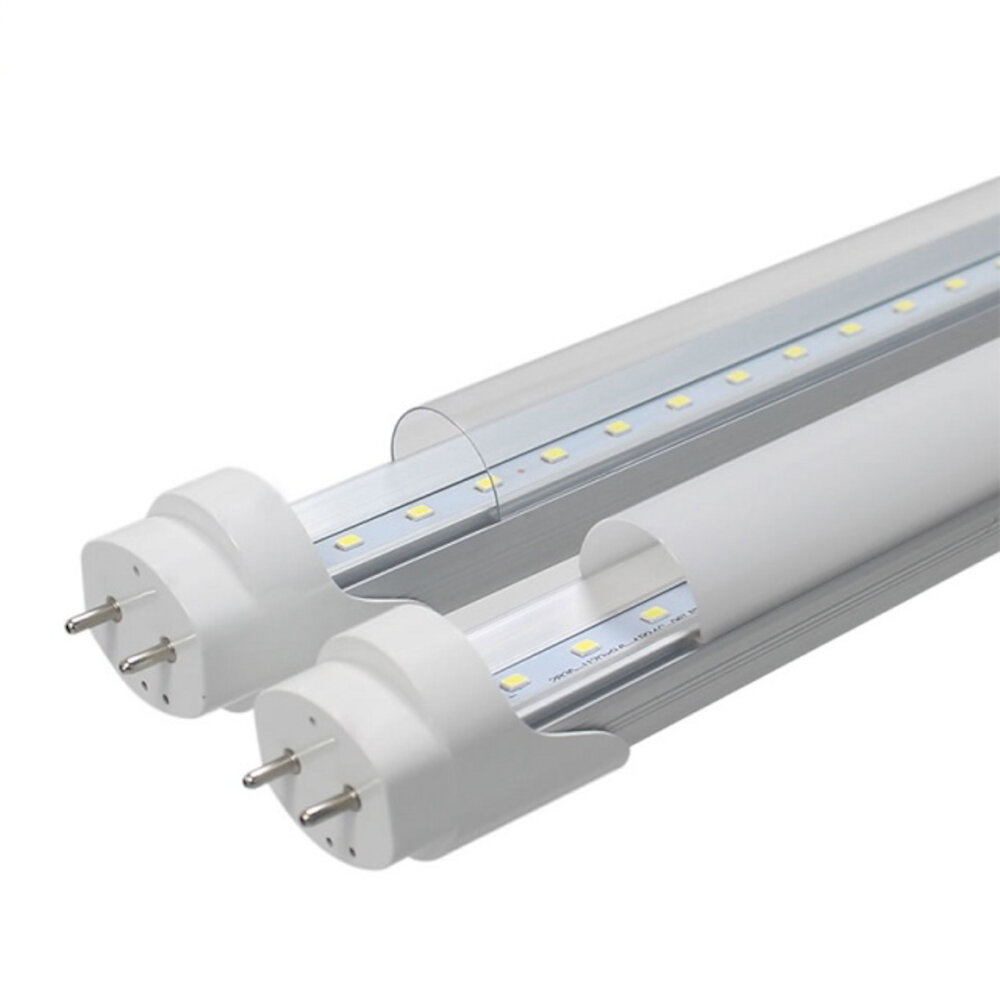
Step-by-step instructions are an essential element of any DIY project. They provide a clear and concise guide to follow, ensuring that the project is completed correctly and efficiently. When it comes to making an LED torch light, step-by-step instructions are particularly important, as any mistakes or errors in the process could result in a faulty or dangerous end product. Following clear and detailed instructions will not only help you to create a functional and practical torch but will also give you a sense of accomplishment and pride in your own creation. To make your own LED torch light, you will need to follow a series of steps that will guide you through the process from start to finish. These steps will typically include gathering the necessary materials and tools, preparing your work area, assembling the various components, and testing the torch to ensure that it works correctly. Each step will be broken down into smaller, more manageable tasks, allowing you to focus on one thing at a time and build your torch gradually. By following the step-by-step instructions carefully, you will be able to create a high-quality LED torch that is both functional and aesthetically pleasing.
Making your own LED torch light can be a fun and rewarding DIY project. The first step is to gather all the necessary materials, including a high-power LED, a resistor, a battery holder, a switch, and some wires. Next, you’ll need to drill a hole in the body of the torch to mount the LED and connect the wires. Once the LED is securely in place, you can connect it to the resistor and battery holder, making sure to follow the correct polarity. Finally, you can install the switch and test your LED torch light to ensure it is working properly. With a little patience and some basic electronics knowledge, you can create a custom LED torch light that will be both functional and stylish.
When creating a DIY LED torch light, it’s essential to use clear and concise language in your step-by-step guide. Using technical jargon or complicated language may confuse readers who are unfamiliar with the process. It’s also helpful to include accompanying images or diagrams to visually demonstrate each step. This can help readers better understand the process and ensure they’re on the right track. By using straightforward language and visual aids, you can create an easy-to-follow guide that empowers others to create their own DIY LED torch light.
When creating your own LED torch light, it’s important to be prepared for any potential issues that may arise during the process. One common issue is a faulty LED or wiring connection, which can result in a lack of illumination or inconsistent lighting. To troubleshoot this issue, double-check all wiring connections and ensure that the LED is properly seated in its socket. Another issue may be a drained battery, which can be resolved by replacing the battery or rechargeable unit. It’s also important to check the polarity of the battery, as incorrect insertion can cause the light to malfunction. By following these tips and tricks, you can ensure a successful DIY LED torch light creation.
Testing and Troubleshooting
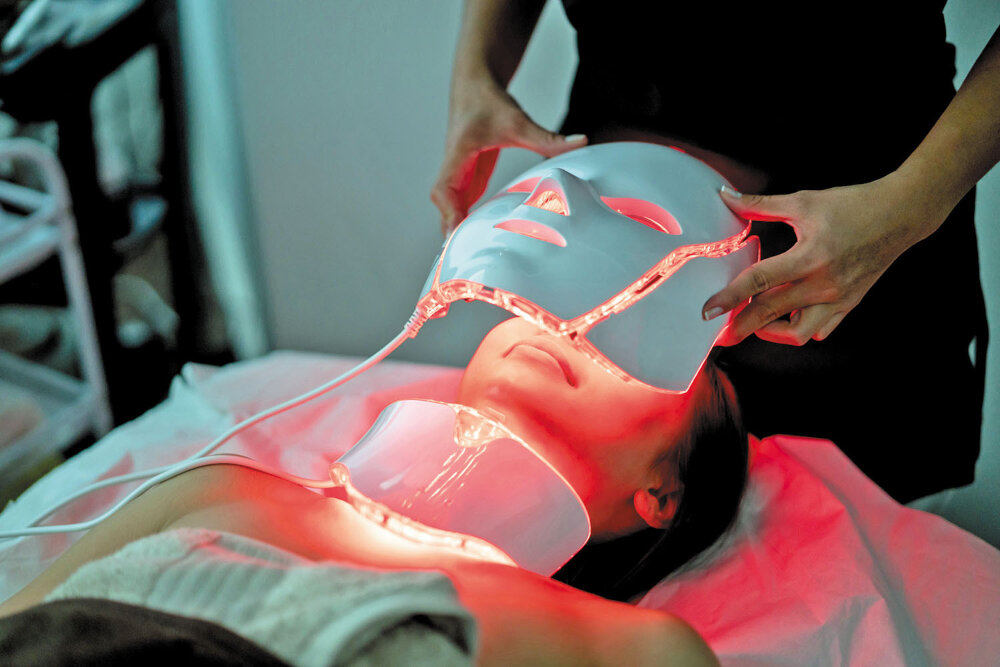
Testing and troubleshooting are important steps in making your own LED torch light. After assembling the components, it’s crucial to test the circuit to ensure everything is working correctly. To test the circuit, connect the battery to the circuit and turn on the switch. If the LED lights up, then the circuit is working correctly. However, if the LED doesn’t light up, then there might be a problem with the circuit. In such cases, you need to troubleshoot the circuit to identify and fix the issue. Troubleshooting involves identifying the problem and fixing it. Common issues include loose connections, damaged components, or incorrect wiring. To troubleshoot the circuit, start by checking the connections and ensuring they are tight. If the connections are okay, then check the components to ensure they are working correctly. You can use a multimeter to test the components and identify any issues. Once you have identified the problem, fix it, and test the circuit again. It’s essential to test the circuit after fixing any issues to ensure everything is working correctly. With proper testing and troubleshooting, you can make a functional LED torch light that will serve you for a long time.
After successfully assembling a torch light, it is imperative to test it to ensure that it works correctly. To test the completed torch light, first, make sure that the batteries are correctly inserted and that the switch is on. Then, hold the torch light and point it towards a surface to check if the LED light is emitting enough brightness. If the torch light does not turn on or the brightness is insufficient, check the connections between the battery holder, switch, and LED. Additionally, make sure that the LED is not overheating, which can cause damage to the torch light or even start a fire. By following these steps, one can test the completed torch light and ensure that it is functioning correctly.
When making an LED torch light, some common issues may arise that can affect the performance of the device. One of the most common issues is the incorrect placement of the LED bulbs, which can result in poor lighting or no lighting at all. To identify this issue, you can check the wiring connections and ensure that the bulbs are correctly aligned. Another issue is the use of low-quality batteries that can affect the brightness of the torch. To fix this issue, you can replace the batteries with high-quality ones or rechargeable batteries. Additionally, the use of the wrong resistor value can cause the LED to burn out quickly. To avoid this issue, you can double-check the resistor value before installation and use the correct one.
Making your own LED torch light can be a rewarding experience. Not only does it allow you to customize your torch light to your liking, but it also provides a sense of accomplishment and satisfaction knowing that you built it yourself. Additionally, DIY LED torch lights can be more cost-effective in the long run compared to buying a pre-made one. This is because you have the freedom to choose the components and materials that best suit your needs and budget. Another benefit of making your own LED torch light is the ability to learn new skills and knowledge about electronics and circuitry. Overall, creating your own LED torch light can be a fun and practical project that yields numerous rewards.
Are you ready to embark on a journey of creativity and innovation? The LED Torch Light DIY project is a perfect opportunity to flex your design muscles and experiment with different styles. Don’t be afraid to push the boundaries and try something new. Whether you opt for a sleek, modern design or go for a more rustic, vintage look, the possibilities are endless. So gather your materials, put on your thinking cap, and let your imagination run wild. With this step-by-step guide, you have all the tools you need to create a one-of-a-kind LED torch light that will impress everyone who sees it. So what are you waiting for? Let’s get started!
In conclusion, hands-on learning and DIY projects are essential for personal growth and development. Engaging in DIY projects like creating an LED Torch Light, allows individuals to enhance their creativity, problem-solving skills, and critical thinking abilities. It also helps to foster a sense of independence, self-reliance, and self-confidence as individuals learn to rely on their own abilities to complete a task. Furthermore, DIY projects offer an opportunity to learn and understand the underlying concepts of various technologies and processes, which can be applied in other areas of life. Therefore, it is crucial to encourage and promote hands-on learning and DIY projects as they provide practical knowledge that can be applied to real-life situations.
Conclusion
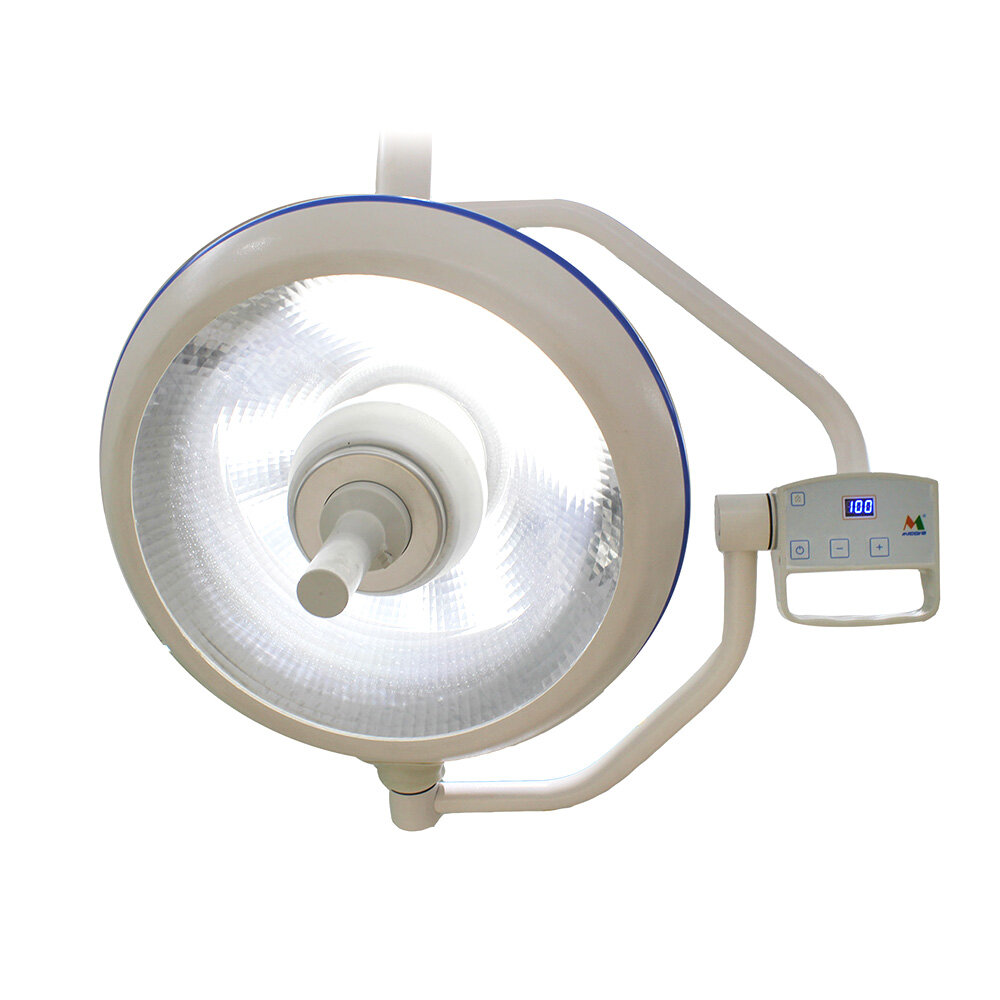
In conclusion, creating your own LED torch light is an exciting and rewarding DIY project that can save you money and provide you with a personalized tool for your needs. With this step-by-step guide, you can easily assemble the necessary components and follow the instructions to construct your own LED torch light. Not only will you have a functional and efficient light source, but you will also gain valuable knowledge about electronic components and basic circuitry. So, start gathering your materials and get ready to embark on an illuminating journey of DIY creativity!

